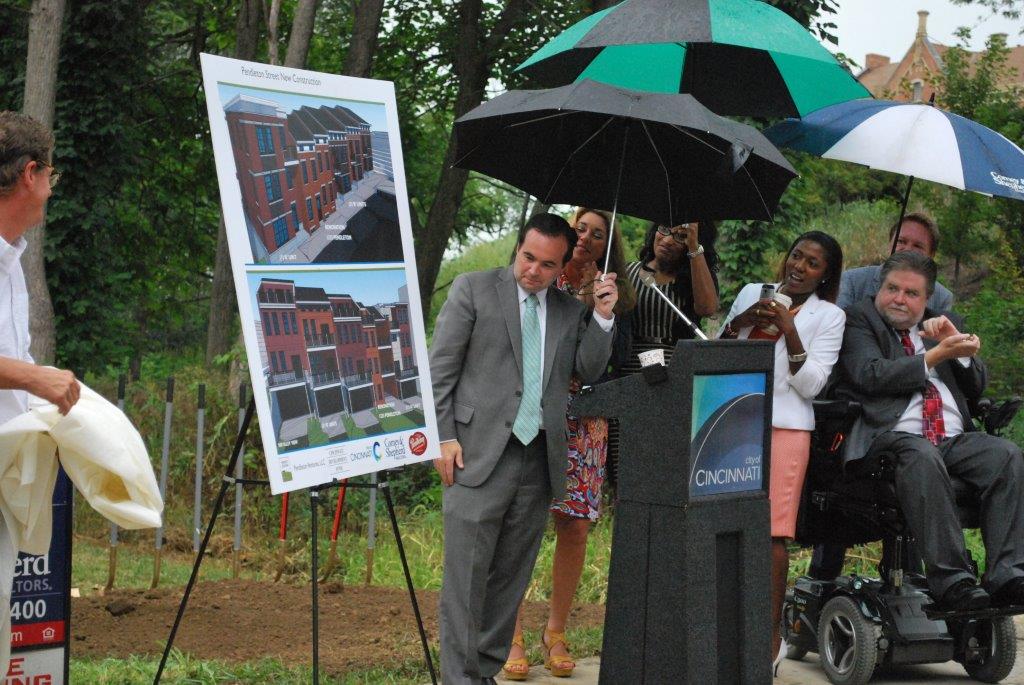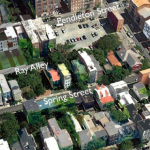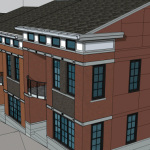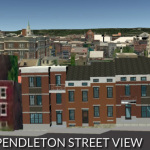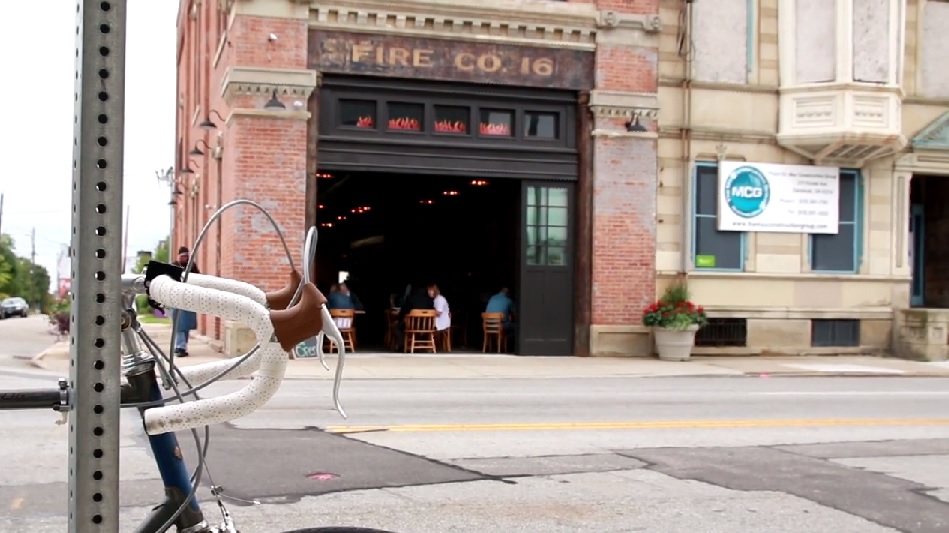An easy fix for dramatically reducing the cost of building and maintaining our roadways.
Whether you know it or not, the standard width of traffic lanes on our roadways has increased over the years. The standard set forth by most state DOTs is now 12 feet for a typical lane. An increasing amount of evidence, however, shows that these widths create safety problems for drivers, pedestrians and cyclists alike. Furthermore, the additional width adds significant costs to the price of building and maintaining our roadways, and squanders valuable land. More from CityLab:
On city streets, most drivers ignore posted speed limits, and instead drive the speed at which they feel safe. That speed is set by the cues provided by the environment. Are there other cars near me? Is an intersection approaching? Can I see around that corner? Are there trees and buildings near the road? Are there people walking or biking nearby? And: How wide is my lane?
[…]
Our lives are currently being put at risk daily by fifty state DOTs and hundreds of county road commissions who mistakenly believe that high-speed street standards make our cities and towns safer. In my most considered opinion, these agencies have blood on their hands, and more than a little. There are many standards that they need to change, but the easiest and most important is probably the 12-foot lane.
